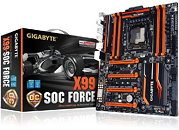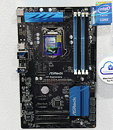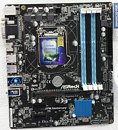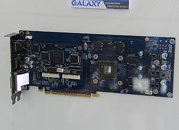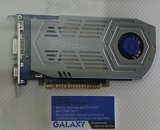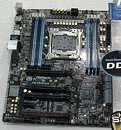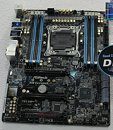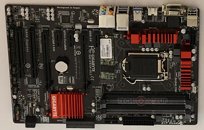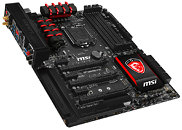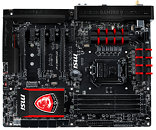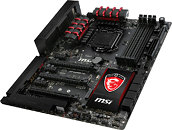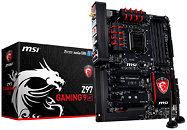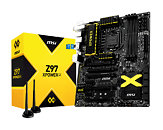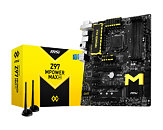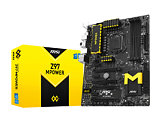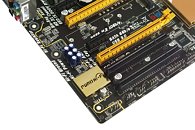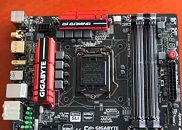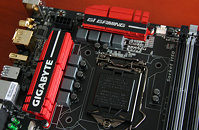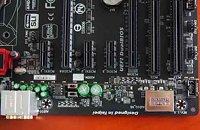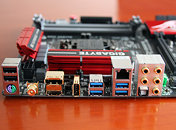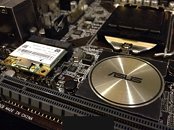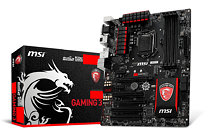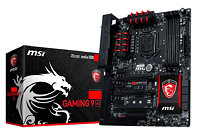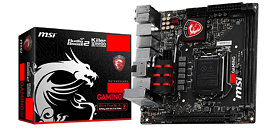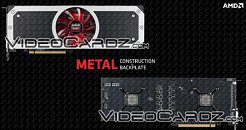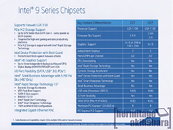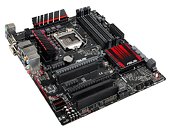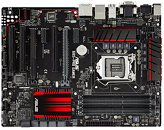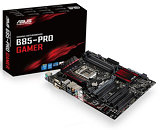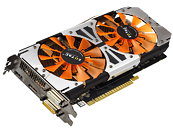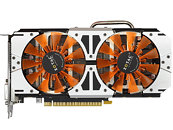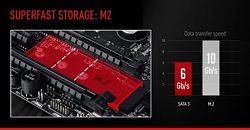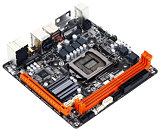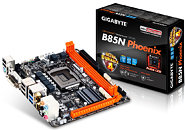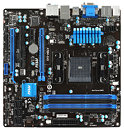
Gigabyte X99-SOC Force Motherboard Detailed
Ahead of its late-August launch, a picture of Gigabyte's flagship socket LGA2011-3 motherboard targeted at overclockers, the X99-SOC Force, leaked to the web. It reveals a monstrosity. In addition to overclocker-friendly VRM brawn, the board introduces a few segment-first features. To begin with, it's built in the ATX form-factor, and draws power from a combination of 24-pin ATX, 8-pin EPS, and SATA power connectors. It uses an 8+2+2 phase VRM to power the CPU and memory. The CPU socket is wired to eight DDR4 DIMM slots, and four PCI-Express 3.0 x16 slots.
Overclocker features include onboard clock and voltage tuning buttons, voltage measurement points, redundant UEFI Dual-BIOS, and more. Storage connectivity includes a 20 Gb/s (PCI-Express 2.0 x4 physical layer) M.2 slot, a SATA-Express 10 Gb/s port, and ten SATA 6 Gb/s ports. Other features include Gigabyte's AmpUP audio solution that features audiophile-grade capacitors, ground-layer isolation, and user-replaceable OPAMP chips, Intel-made gigabit Ethernet, and a number of USB 3.0 ports.
Overclocker features include onboard clock and voltage tuning buttons, voltage measurement points, redundant UEFI Dual-BIOS, and more. Storage connectivity includes a 20 Gb/s (PCI-Express 2.0 x4 physical layer) M.2 slot, a SATA-Express 10 Gb/s port, and ten SATA 6 Gb/s ports. Other features include Gigabyte's AmpUP audio solution that features audiophile-grade capacitors, ground-layer isolation, and user-replaceable OPAMP chips, Intel-made gigabit Ethernet, and a number of USB 3.0 ports.
